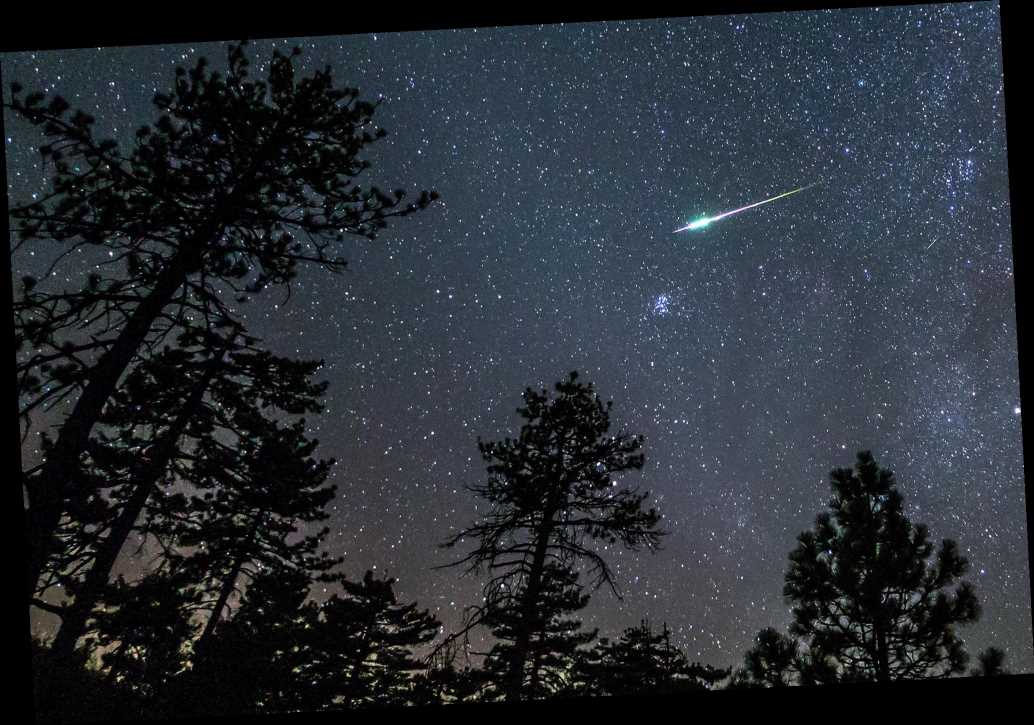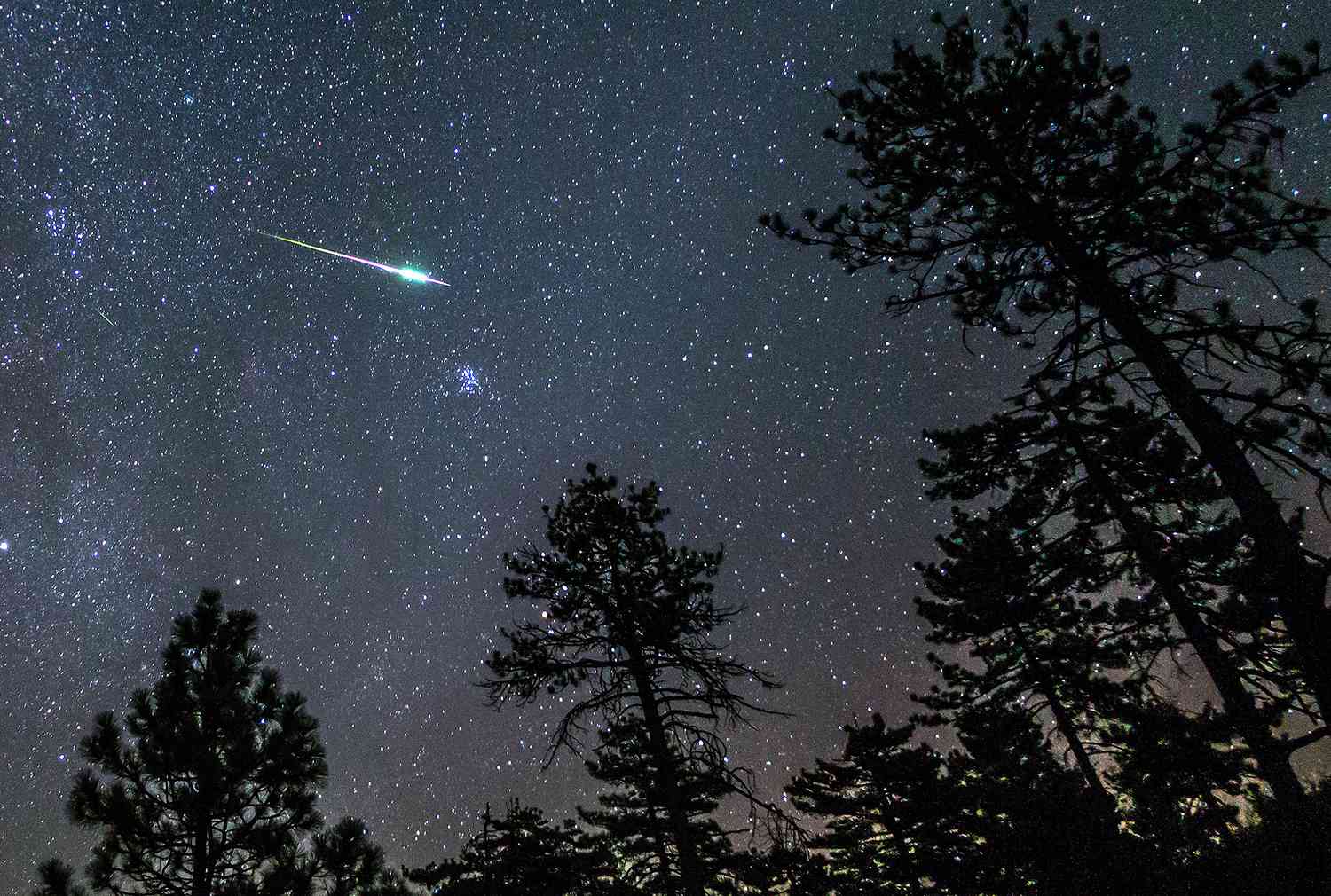For anyone hoping to catch a glimpse of a shooting star, 2020 has been a bit of a disappointment so far. In fact, there hasn’t been anything resembling a meteor shower since early January’s intense annual meteor shower. That drought ends this week with the start of the Lyrid meteor shower, one of the oldest observed meteor showers of all and, unlike in 2019, there’s no bright moonlight to lessen the impact.
Are you ready to catch a shooting star this week?
Related: More space travel and astronomy news
What and when is the Lyrid meteor shower?
Active from April 16 to April 25 this year, the Lyrid meteor shower is a long-running and occasionally incredible celestial event. Due to peak in the early hours of Wednesday, April 22, the Lyrids usually produce about 10 to 20 shooting stars per hour, though the shower has been known to sometimes produce hundreds for lucky onlookers. Each shooting star whizzes overhead at 30 miles per second, according to NASA.
What causes the Lyrid meteors?
Shooting stars are totally harmless. They may look impressive, and even frightening if they’re bright, but shooting stars are caused merely by tiny dust particles called meteoroids crashing into the Earth’s atmosphere. As they burn up, they glow. The Lyrids are caused by debris left behind in the solar system by the tail of Comet Thatcher (also called C/1861 G1 Thatcher), an ancient comet that gets close to the Sun every 415 years. It was last here in 1861, and it’s due again in 2276.
Related: Astronauts Head to Space Amid Coronavirus Pandemic (Video)
Where can you see the shooting stars?
Normally the best advice is to get yourself to a Dark Sky Reserve, or anywhere far from light pollution, but that may not be possible while COVID-19 travel restrictions are in force. From your backyard, it should be possible to see some shooting stars produced by the Lyrid meteor shower just by stargazing outside if it’s a clear sky. The best way to see them is to simply go outside in the pre-dawn hours on April 22 — when the night-side of Earth is traveling head-first into the dust trails that cause the Lyrids. The radiant for this meteor shower is close to the constellation of Lyra, whose bright star Vega is easy to spot rising in the east, but shooting stars can occur anywhere in the sky. The best advice is to look generally east-southeast. Since the skies are dark, the nights before and after April 22 should be almost as good for catching a falling star or two.
What is the best way to see shooting stars?
Put that telescope away! Shooting star-gazing is all about using your naked eyes; the more you narrow down your view of the night sky using either binoculars or a telescope, the less likely you are to see anything. It’s also important to minimize light pollution as much as you can. That’s not easy in the city, but be sure to stand somewhere where there’s no direct artificial light in your eyes.
When is the next meteor shower?
That would be the Eta Aquarids meteor shower, which runs from April 19 to May 28, peaking on May 5-6. Although it may be possible to see 60 shooting stars per hour, there will be a lot of moonlight this year since it will peak close to a full moon. The display, which is usually better in the southern hemisphere, is caused by dust and debris left in the solar system by Halley’s Comet, which was in the solar system in 1986. It will revisit us in 2061.
Related: Your Cosmic Address Is the Trippiest Thing You’ll Learn Today (Video)
What are 2020’s best meteor showers?
Judging the best meteor showers is tricky because they’re unpredictable, but those that peak when the moon is down are generally the best ones to watch. August’s Perseids meteor shower — usually the most popular of the year simply because it’s relatively strong and occurs when folks are out camping and on vacation — is sadly set to be obscured by moonlight in 2020. So aside from the Lyrids, the “best” meteor shower peak nights in 2020 will be the Leonids meteor shower on November 16-17 (when the moon will be just 5% illuminated) and the Geminids meteor shower on December 13-14 (which occurs during a New Moon).
So get outside into your backyard, get stargazing, and if you’re lucky, you’ll see a Lyrid shooting star or two this week.
Source: Read Full Article

